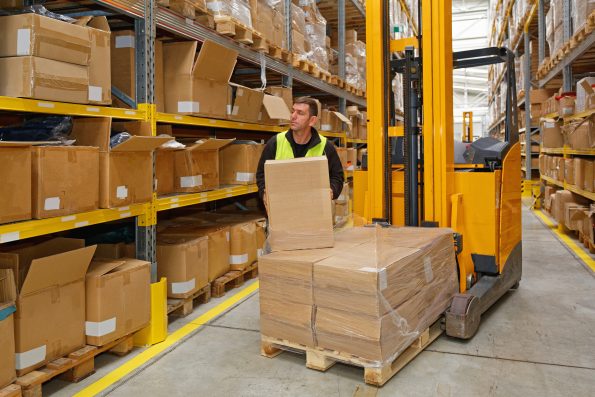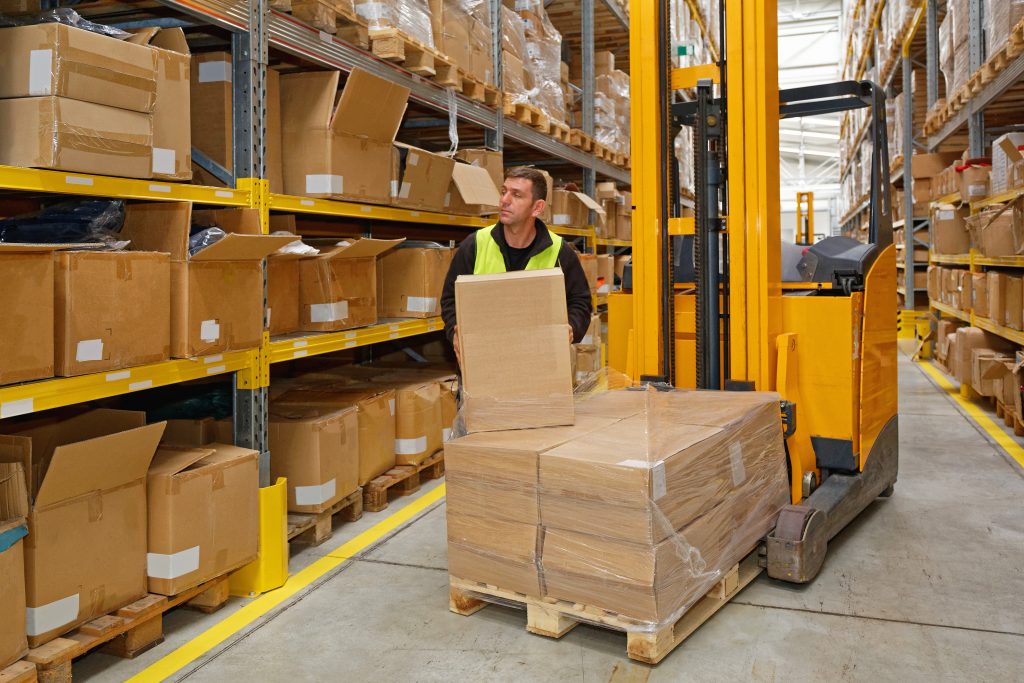Typical Forklift Types, Classes, and Uses
For architects, forklifts are among the most adaptable vehicles. Forklifts are essential on every work site because they can securely carry goods that people cannot, such as huge loads that must be moved at a warehouse or a construction site. Choosing the best forklifts sale in Melbourne might be challenging due to the massive range of types and versions available. The guide will help you pick the best forklift for one’s requirements, whether you’re seeking to rent or buy one for the next project. It discusses the various forklift kinds, advantages, and standard forklift models.

In the sections below, let’s discuss the most common forklift kinds, their applications, and well-known manufacturers.
- Forklift in storage
- The Side Loader
- Balanced forklift
- Telehandler
- Heavier Duty Forklift
- Rugged Terrain Forklift
Warehouse forklift
The lift vehicle with the most significant widespread recognition is the warehouse forklift. Two forks projecting from its front give it the appearance of a golf cart. Because it works well for unloading and loading pallets and moving goods from and to delivery trucks, you’ll most frequently utilise this forklift at such a facility with such a large inventory of goods.
In-Side Loader
Side loaders and a warehouse forklift are frequently observed in steel service centres and factories that produce large, bulky objects. While a lateral loader unloads the items, the supervisor stands in a chamber that faces the side. Because they operate horizontally, efficient forklifts may drive up next to racks to either load & unload without turning. They can go through tight spaces and handle lengthy items like pipes and lumber.
Forklift with a counterweight
The counterweight forklift is a standard lift with prongs on the front and a counterweight in the rear to counterbalance the cargo load. Due to the absence of extending arms, counterweight forklifts may go up toward the load. Counterweight forklifts come in a few distinct varieties. When the operator has to spin and move in circles, this 3-wheel version is perfect. Operators may quickly board and depart the stand-up counterweight forklift as they switch between loads.
Telehandler
The telehandler combines a crane & forklift with such a boom and extensible arm and is often referred to as a telescoping forklift or even a reach forklift. Pallets are raised off from the ground using the arm’s dual prongs. A typical telehandler can reach into small areas and awkward angles while carrying 5,500 kg of goods up to 19 feet above the ground.
Forklift, Heavy-Duty
The functions of a warehousing forklift and a telehandler are combined by the heavily loaded forklift, also known as a high-capacity forklift. Although it can’t hit awkward angles like a telehandler, it can carry more significant objects far higher off the floor than a warehouse forklift. The most remarkable lift capacity of the massive forklift begins at 30,000 pounds, although such strength is often only required for specialised tasks. This limits its use relative to warehouse forklifts and telehandlers.
Forklift for Uneven Terrain
Rough terrain forklifts, sometimes called straight mast forklifts, are created especially for outdoor construction sites with uneven ground. These trucks feature strong, large, threaded pneumatic tires that provide them superior stability and balance to deliver commodities safely across rough terrain. Rugged terrain forklifts are essential for exterior applications and building sites, but you probably won’t require one if you spend most of the time inside.
Conclusion
When choosing a model of the best forklift sale in Melbourne, it’s crucial to consider the many characteristics of forklifts, including their lift capability, height, and tire composition. Forklifts are essential workers on any construction site because they can lift and move items of all sizes.

